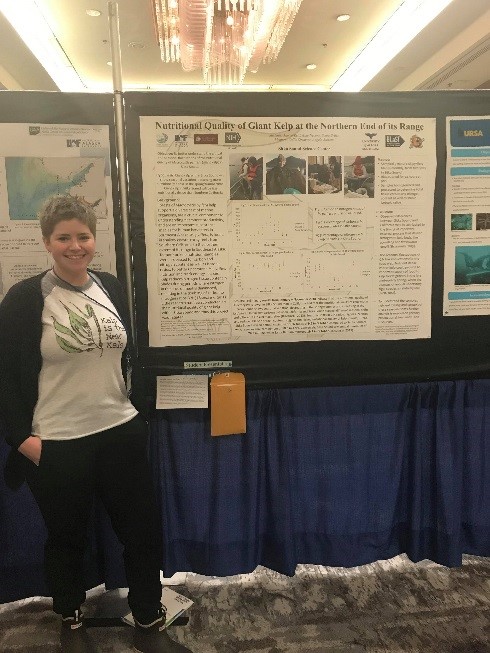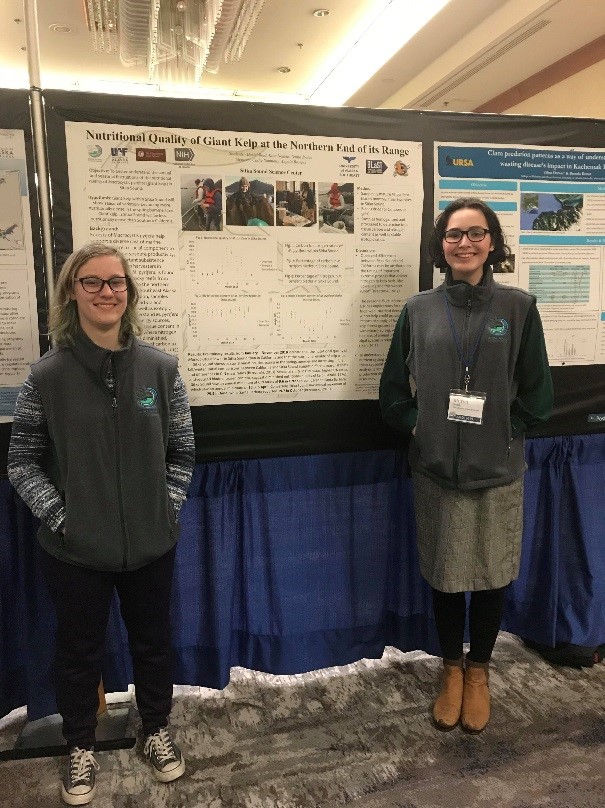
Uniquely situated just outside of town, the Sitka National Historical Park presents a unique opportunity to study a wide variety of natural systems. Through a cooperative agreement established between the Sitka Sound Science Center and the Sitka National Historical Park (SHNP) we developed and maintained biological monitoring projects within the Park. Through our monitoring efforts we were able to work in terrestrial and aquatic habitats, fresh and saltwater, study mammals and invertebrates, and intimately observe resources community members and visitors enjoy throughout the year.
Monitoring Projects
All-Taxa Inventory
An all-taxa inventory is a concerted effort to catalog all the living species within a given place. By establishing a baseline of species present within an area, scientists can respond more quickly to changes within that baseline. With the support of the Science Center, SNHP documented all the species found within the intertidal zone. Researchers at SSSC used a combination of historical records, citizen science, and expert surveys to catalog species within the intertidal.
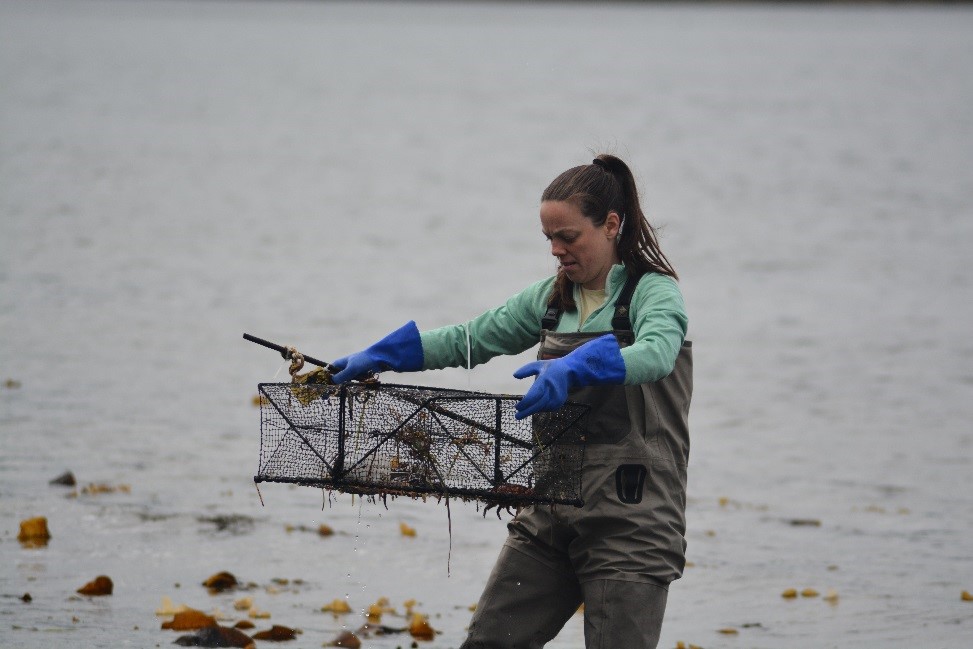
Acoustic Monitoring
National Parks across the country are becoming increasingly interested in capturing the soundscapes, or the combination of sounds found within a place, and SNHP is no different. Maintained through our cooperative agreement were three acoustic monitors that capture wildlife, weather, and anthropogenic sounds. Acoustic monitoring can tell us how much anthropogenic sounds are detected and how that changes over time. It also gathers information about species that might be visually hard to identify.
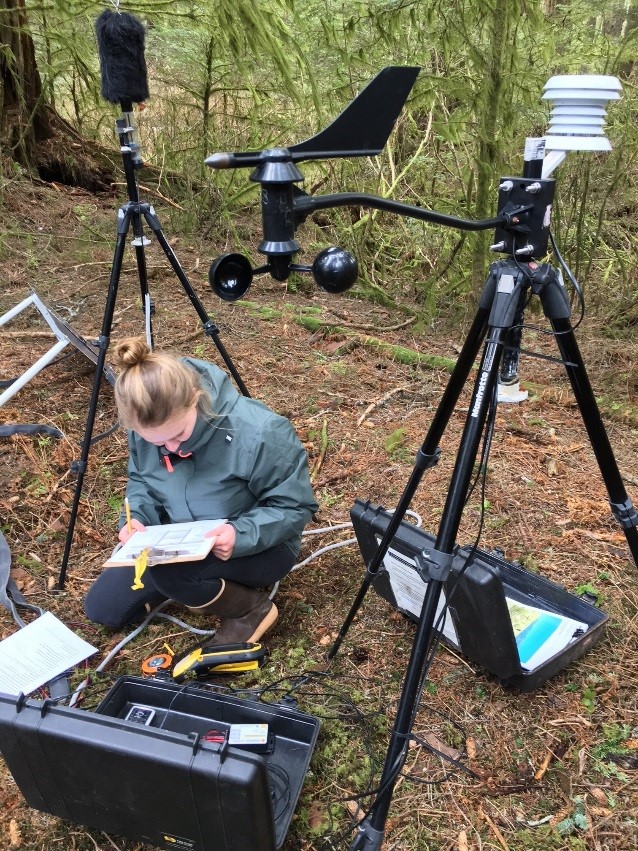
Intertidal Monitoring
We conducted beach seining surveys to count and identify juvenile fish utilizing the tidelands outside of SNHP. This provides important information about subsistence species using critical nursery habitats and allowed us an opportunity to identity any non-native or non-traditional species found in SNHP. We also monitored for several invasive crab species including the European Green Crab and Chinese Mitten Crab as an early detection measure.
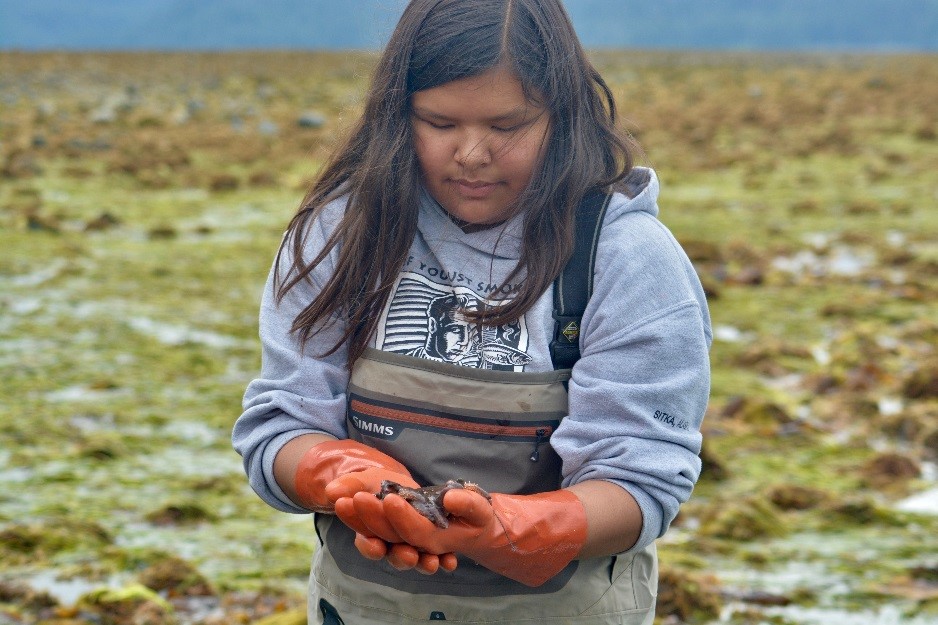
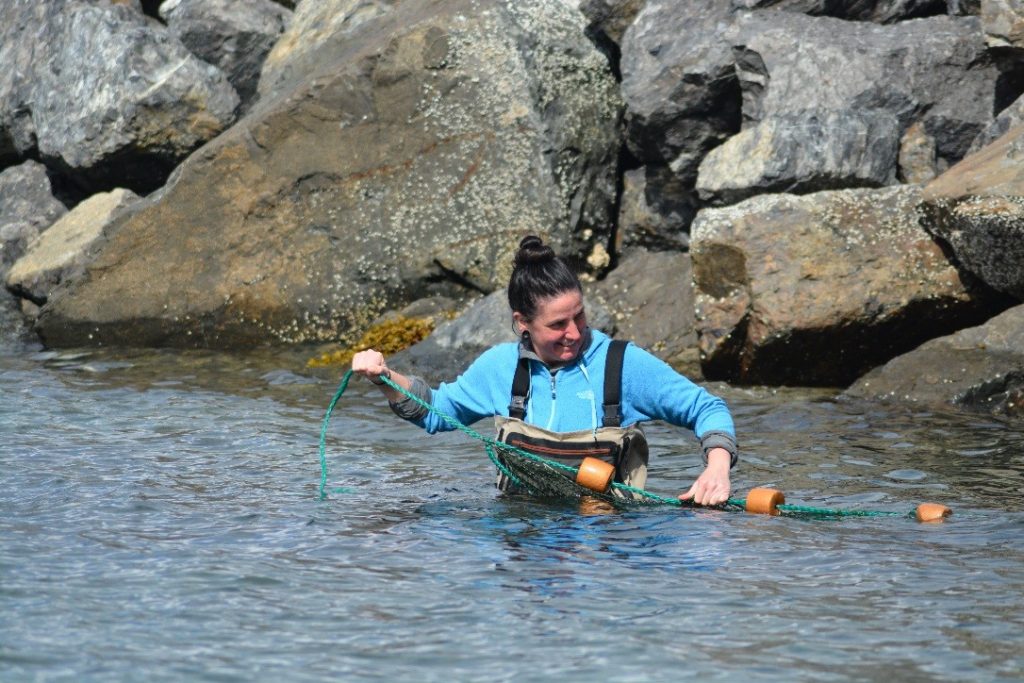
Wildlife Monitoring
The Science Center helped develop and maintain several ongoing wildlife monitoring projects. By strategically placing trail cameras, we monitored brown bear populations within Sitka National Historical Park. We also collected otolith (ear bone) and genetic samples from pink and chum in Indian River and maintained a water quality monitor in Indian River.
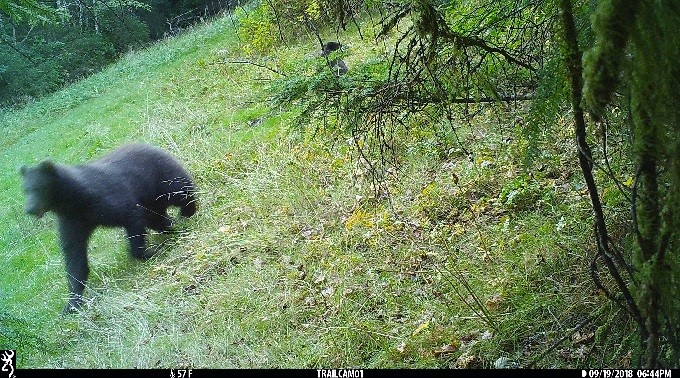

Kelp Nutrition Quality
SSSC led a scientific study and undergraduate mentoring project were students assessed the nutritional quality of giant kelp (Macrocystis pyrifera). Undergraduate and high school students learned practical aspects of field science whilst being mentored by SSSC researchers. This research aided in the understanding of the annual nutritional value of this plant to grazers and human subsistence harvesters, as well as describing the seasonal energetics of nearshore food webs of this subarctic system.
Funding for the Kelp Nutrition project was provided by BLaST (The Biomedical Learning and Student Training) at the University of Alaska Fairbanks and the National Institute of Health.
